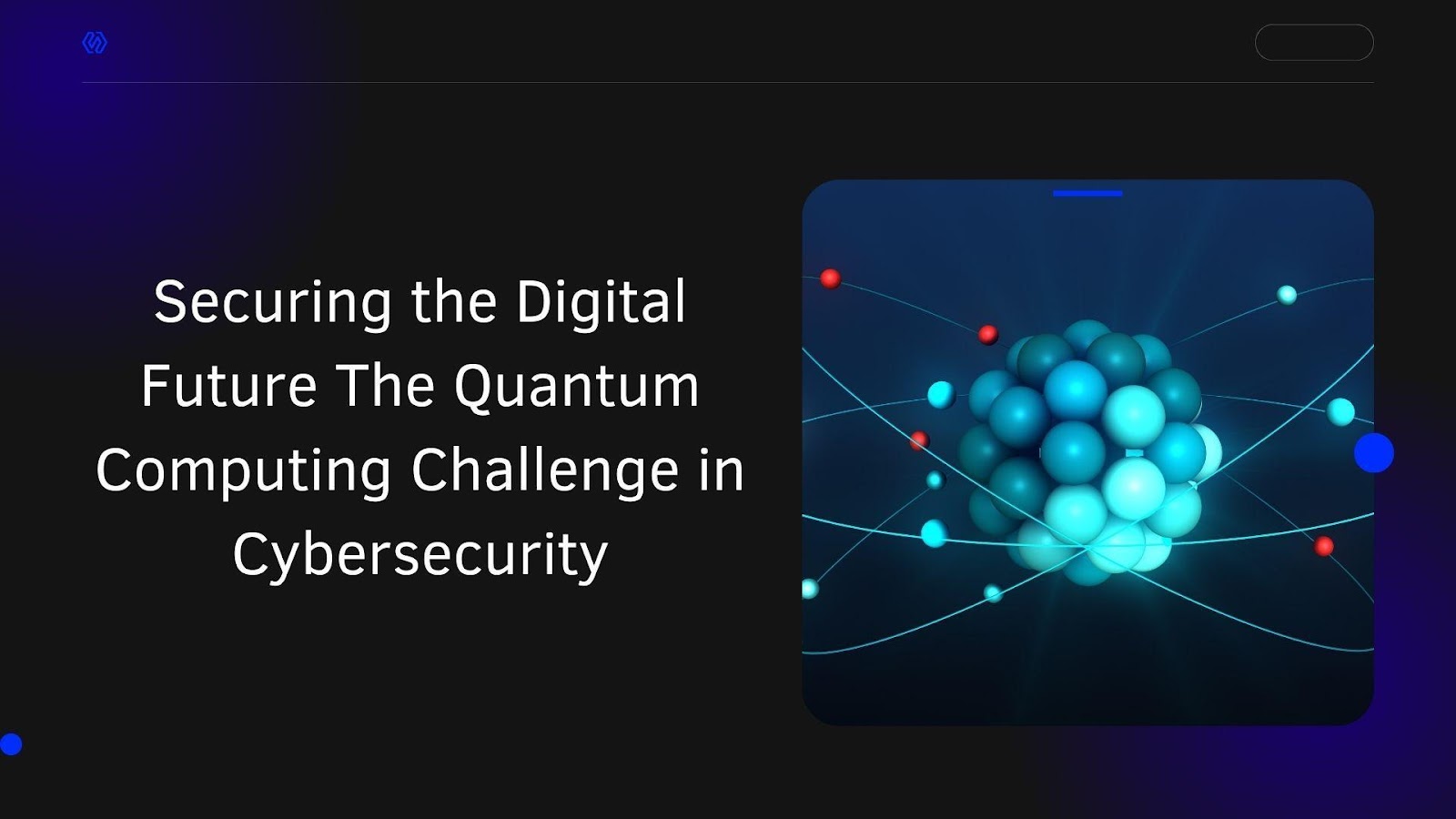In this era of rapid technological evolution, Bhooshan Ravikumar Gadkari, a specialist in digital security, examines the transformative impact of quantum computing on cybersecurity. His research highlights the vulnerabilities that quantum advancements pose to encryption systems and emphasizes the urgent need for quantum-safe solutions. As quantum technology continues to progress, traditional cryptographic methods face unprecedented risks, underscoring the importance of adopting resilient security strategies. To safeguard digital communications and sensitive data in this shifting cybersecurity landscape, organizations must proactively implement robust defenses against emerging quantum threats.
Understanding the Quantum Threat
Quantum computing, a groundbreaking technology based on quantum mechanics, offers unprecedented computational power. Unlike classical computers that rely on binary processing (0s and 1s), quantum computers utilize qubits, which exist in multiple states simultaneously. This unique capability allows them to solve complex problems at an exponential speed, posing a significant threat to existing cryptographic systems and necessitating the development of quantum-resistant security measures to protect sensitive digital data.
Breaking Encryption Barriers
A major concern with quantum computing is its potential to break encryption algorithms that protect digital communications. Shor’s algorithm, for instance, can factor large prime numbers exponentially faster than classical computers, making RSA and Elliptic Curve Cryptography (ECC) highly vulnerable. Likewise, Grover’s algorithm poses a threat to symmetric encryption methods like AES by drastically reducing the time required for brute-force attacks. These advancements highlight the urgent need for quantum-resistant cryptographic solutions to safeguard sensitive data against future cyber threats.
The Rise of Post-Quantum Cryptography
To address the growing quantum threat, researchers are actively developing post-quantum cryptography (PQC), which focuses on designing encryption algorithms resistant to quantum attacks. The National Institute of Standards and Technology (NIST) has been at the forefront of PQC standardization, evaluating promising approaches such as lattice-based, code-based, and multivariate polynomial cryptography. These advanced methods aim to replace existing encryption systems before quantum computers gain the capability to break them, ensuring long-term data security and protecting digital communications from the evolving risks posed by quantum computing advancements.
Quantum Cryptography: A New Frontier in Secure Communication
Beyond PQC, quantum cryptography offers a fundamentally different approach to securing communications. Quantum Key Distribution (QKD) utilizes quantum mechanics to establish encryption keys that are theoretically unbreakable. Any attempt to intercept quantum-encrypted messages disrupts their quantum state, alerting the communicating parties to potential eavesdropping.
While promising, QKD faces challenges such as limited transmission distances and high implementation costs. However, ongoing advancements in quantum-safe cryptographic protocols, including device-independent QKD and quantum random number generators (QRNG), could make quantum-secure communication more feasible in the near future.
Challenges in the Transition to Quantum-Safe Security
The transition to quantum-resistant security is complex and requires overcoming multiple hurdles. Organizations must address significant expertise gaps, as quantum computing and cryptography demand specialized knowledge. Moreover, upgrading digital infrastructure to support quantum-safe cryptographic standards requires substantial investments, posing financial and logistical challenges.
Another pressing concern is the accessibility of quantum computing. As quantum technologies advance, the possibility of “harvest now, decrypt later” attacks becomes a real threat, where encrypted data is stolen today and decrypted in the future when quantum capabilities allow it. This underscores the urgency for organizations to begin transitioning to quantum-safe security measures immediately.
Preparing for a Quantum-Safe Future
Governments, businesses, and cybersecurity experts must work together to facilitate a seamless shift to quantum-resistant security, involving strategic planning, adoption of new encryption standards, and investment in advanced cybersecurity measures. This includes:
- Adopting PQC algorithms: Implementing standardized post-quantum encryption methods to replace vulnerable cryptographic systems.
- Investing in Quantum Cryptography: Exploring QKD and other quantum-safe protocols for highly sensitive communications.
- Upgrading Infrastructure: Preparing digital systems to handle new cryptographic frameworks without compromising performance.
- Educating the Workforce: Training cybersecurity professionals in quantum computing principles to bridge the expertise gap.
In conclusion, Bhooshan Ravikumar Gadkari emphasizes that quantum computing brings both challenges and opportunities to cybersecurity. The threat of breaking existing encryption methods is a significant concern, but proactive measures in post-quantum cryptography (PQC) and quantum cryptographic techniques offer effective solutions. The shift to quantum-safe security is not a choice but a necessity to protect digital infrastructure. Organizations that begin adopting quantum-resistant strategies today will be better equipped to handle future cyber threats and ensure long-term security in an increasingly quantum-driven technological landscape.



































